Advertisement
Two developments at the vanguard of the fast-changing technological progress reshining our planet are artificial intelligence (AI) and 5G. Though both have great power, they should propel a fresh surge of innovations across many fields. Artificial intelligence continues to change how computers think and learn. Meanwhile, 5G, with its ultra-fast speeds and low latency, is set to improve connectivity in ways we've never seen before.
This creative team will enhance current systems and open fresh opportunities in the entertainment, transportation, and healthcare sectors. The 5G and artificial intelligence combination opens the path for a smarter, more linked future, from smart cities to self-driving cars. Here, we investigate how these technologies will interact with and change our planet in the next few years.
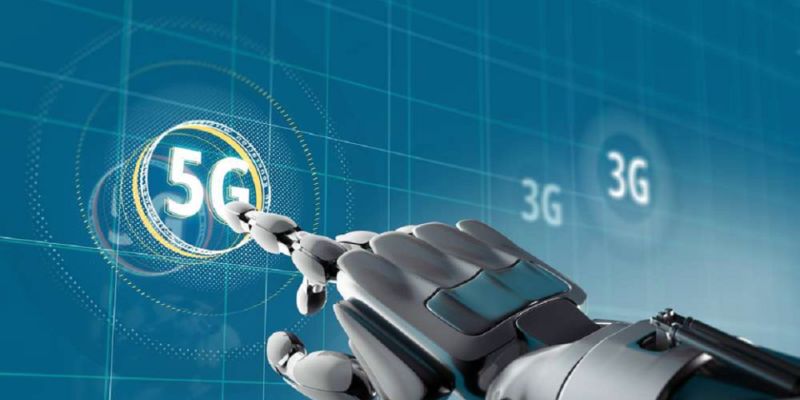
The fifth generation of cellular technology, 5G, changes connectivity. For downloads and uploads, as well as for earlier generations, it provides notably quicker rates. Thanks to this speed, devices that can connect in real time help lower delays and generally enhance user experiences. Designed to manage enormous volumes of data with lower latency, 5G networks help to provide faster response times and more seamless communication.
Applications like driverless cars, remote surgery, and smart cities—which need instantaneous feedback—dependent on this are critical. Furthermore, 5G's ability to connect more devices simultaneously is necessary to grow the Internet of Things (IoT). 5G allows effective communication between millions of linked devices, therefore enabling smarter homes, businesses, and cities from which to support them.
AI is the capacity of machines to complete activities typically requiring human intellect. Among these tasks are learning, problem-solving, decision-making, and speech recognition. Making intelligent decisions or predictions requires AI to process vast amounts of data and find trends, enabling it. Where it helps automate operations, forecast outcomes, and improve decision-making, it is already making major inroads across several sectors, including healthcare, banking, and logistics.
AI is applied, for instance, in medical picture analysis, stock market trend prediction, and supply chain optimization. Increasingly accurate and efficient, artificial intelligence (AI) excels in learning from experience and improving over time. The possibility of artificial intelligence to raise productivity and efficiency expands as it develops. AI is useful in almost every sector, from consumer services to heavy industries, since it can manage challenging tasks.
Through the infrastructure required to manage vast amounts of real-time data with little latency, 5G technology might greatly improve AI capabilities. Artificial intelligence often uses fast decision-making based on fast processing and data transfer. The ultra-low latency of 5G lets artificial intelligence systems process data and react in real time, enhancing applications such as remote healthcare, industrial robots, and autonomous driving.
Self-driving cars, for instance, use artificial intelligence to examine camera and sensor data to make split-second judgments. High-speed connectivity of 5G sends data instantaneously, enabling AI to make faster and more accurate results. Furthermore, 5G can enable many linked devices simultaneously, enabling artificial intelligence to gather and evaluate more data. It improves the automation of difficult chores and raises the accuracy of forecasts.
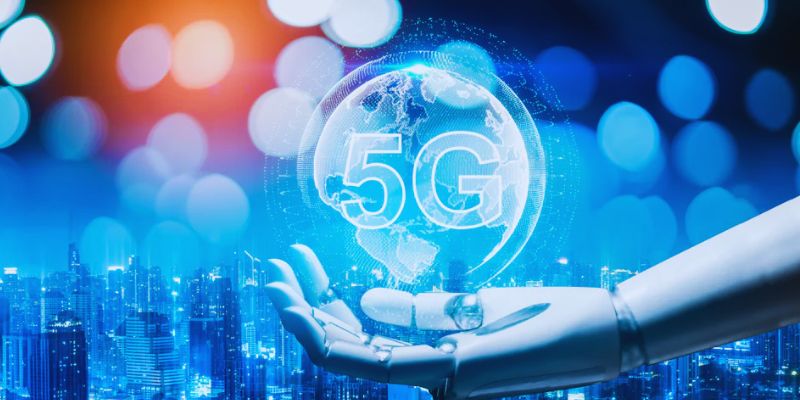
By controlling traffic, forecasting network congestion, and raising general network efficiency, artificial intelligence can significantly help to optimize 5G networks. Managing a 5G network gets more difficult as the count of linked devices rises. Artificial intelligence systems can assist by examining network performance and foretelling possible problems before they arise.
AI can, for instance, automatically divert data to less crowded locations when a given part of the network is seeing significant demand. It ensures flawless, consistent service. AI can also instantly modify network settings, maximizing coverage and reducing interference. By spotting flaws or anomalies, artificial intelligence (AI) may monitor network health, enabling proactive maintenance and lessening downtime.
Across many sectors, the mix of 5G and artificial intelligence has transformed power. AI can examine medical data in real-time in healthcare, providing quicker diagnosis and enhancing patient treatment. 5G's reduced latency lets clinicians get instant data during procedures or remote consultations, enhancing the speed and accuracy of decisions. The fast connectivity of 5G enables AI-powered robots to run more efficiently in manufacturing, enabling real-time modifications and streamlining production processes.
These robots can respond to changes in the surroundings, increasing output and reducing downtime. 5G will allow artificial intelligence in the entertainment industry to examine consumer preferences and behaviors, providing customized content recommendations. Furthermore, the great capacity of 5G will enable minimum buffering and more seamless streaming experiences. Smart cities, where AI examines sensor data to maximize energy use, lower traffic congestion, and improve public safety, clearly show the collaboration between 5G and artificial intelligence.
The mix of 5G and artificial intelligence greatly accelerates the creation of smart cities. AI is quite important in a smart city for data analysis among several sensors scattered around the city. This information can help to maximize public safety, traffic flow, and energy usage. To lower traffic congestion and increase general mobility, artificial intelligence can, for example, track traffic patterns and instantly modify traffic lights.
Low latency and high-speed data transfer of 5G enable quick processing and acting upon this data, enhancing the responsiveness and efficiency of metropolitan systems. Artificial intelligence-powered surveillance systems can also improve security by spotting odd activity or events and instantly alerting authorities. These smart city projects can be easily combined thanks to 5G's required network infrastructure, producing more livable and efficient metropolitan settings.
5G plus artificial intelligence is poised to transform sectors and completely change our daily lives. With 5G delivering the low-latency, high-speed connectivity AI needs, the creative opportunities are almost infinite. From better healthcare to more efficient manufacturing and smarter cities, these technologies will cooperate to produce a more linked and intelligent planet. The effects on several sectors will only become more significant as 5G develops and artificial intelligence becomes more sophisticated. Together, 5G and artificial intelligence will improve current systems and generate fresh chances for advancement, profoundly changing our future.
Advertisement

Explore 6 practical techniques for displaying lists in Python using tools like the print function, for loop, and f-string formatting. This guide helps you show list data cleanly and clearly for real-world use
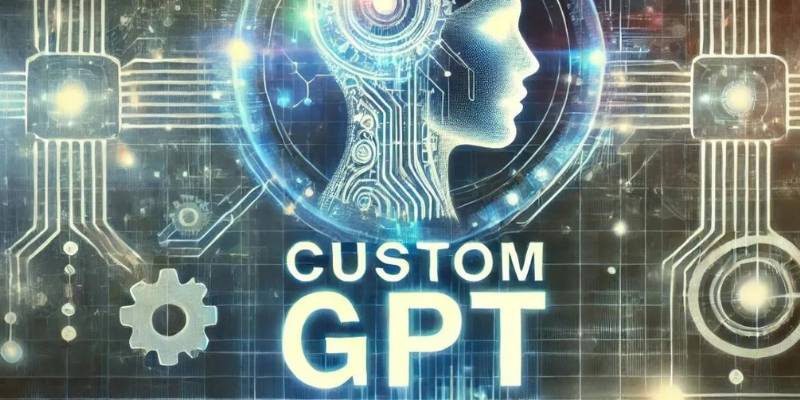
Learn how to build Custom GPTs using this step-by-step guide—perfect for developers, businesses, and AI enthusiasts alike.
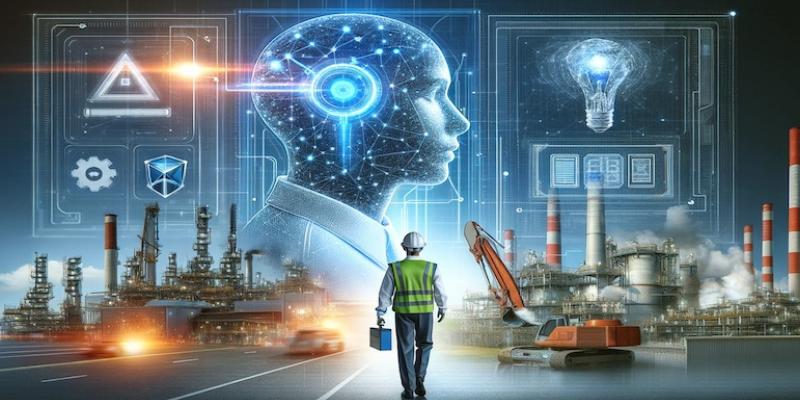
Explore how artificial intelligence improves safety, health, and compliance in manufacturing through smarter EHS systems.

Learn how ASR enhances customer service for CX vendors, improving efficiency, personalization, and overall customer experience
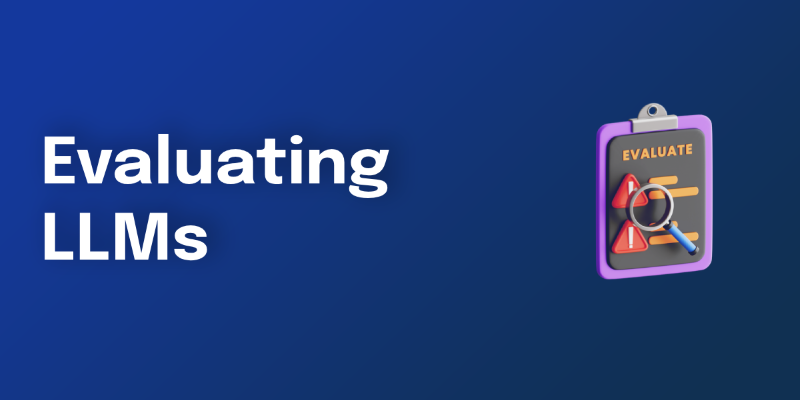
What if you could measure LLM accuracy without endless manual checks? Explore how LangChain automates evaluation to keep large language models in check

Discover how ChatGPT can help Dungeon Masters and players enhance their Dungeons and Dragons experience by generating NPCs, plot hooks, combat encounters, and world lore

Explore the core technology behind ChatGPT and similar LLMs, including training methods and how they generate text.

Alluxio debuts a new orchestration layer designed to speed up data access and workflows for AI and ML workloads.
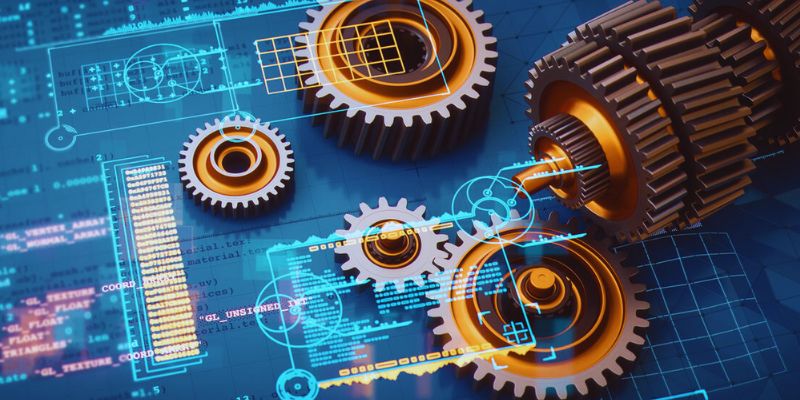
Collaborative robots, factory in a box, custom manufacturing, and digital twin technology are the areas where AI is being used
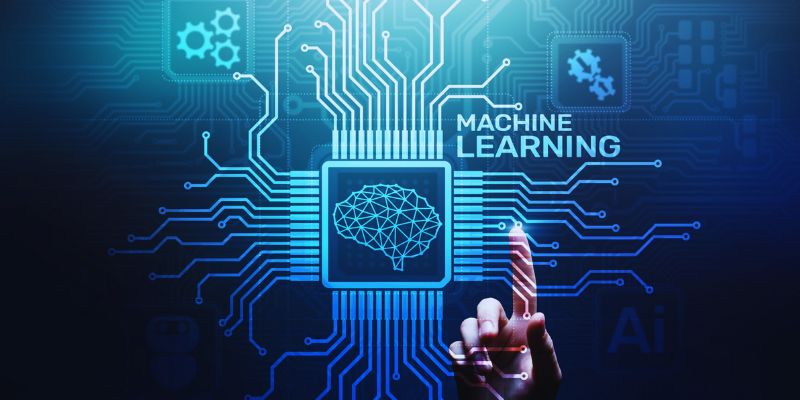
Discover machine learning model limitations driven by data demands. Explore data challenges and high-quality training data needs

Learn how to build a GPT Tokenizer from scratch using Byte Pair Encoding. This guide covers each step, helping you understand how GPT processes language and prepares text for AI models

How to convert string to a list in Python using practical methods. Explore Python string to list methods that work for words, characters, numbers, and structured data